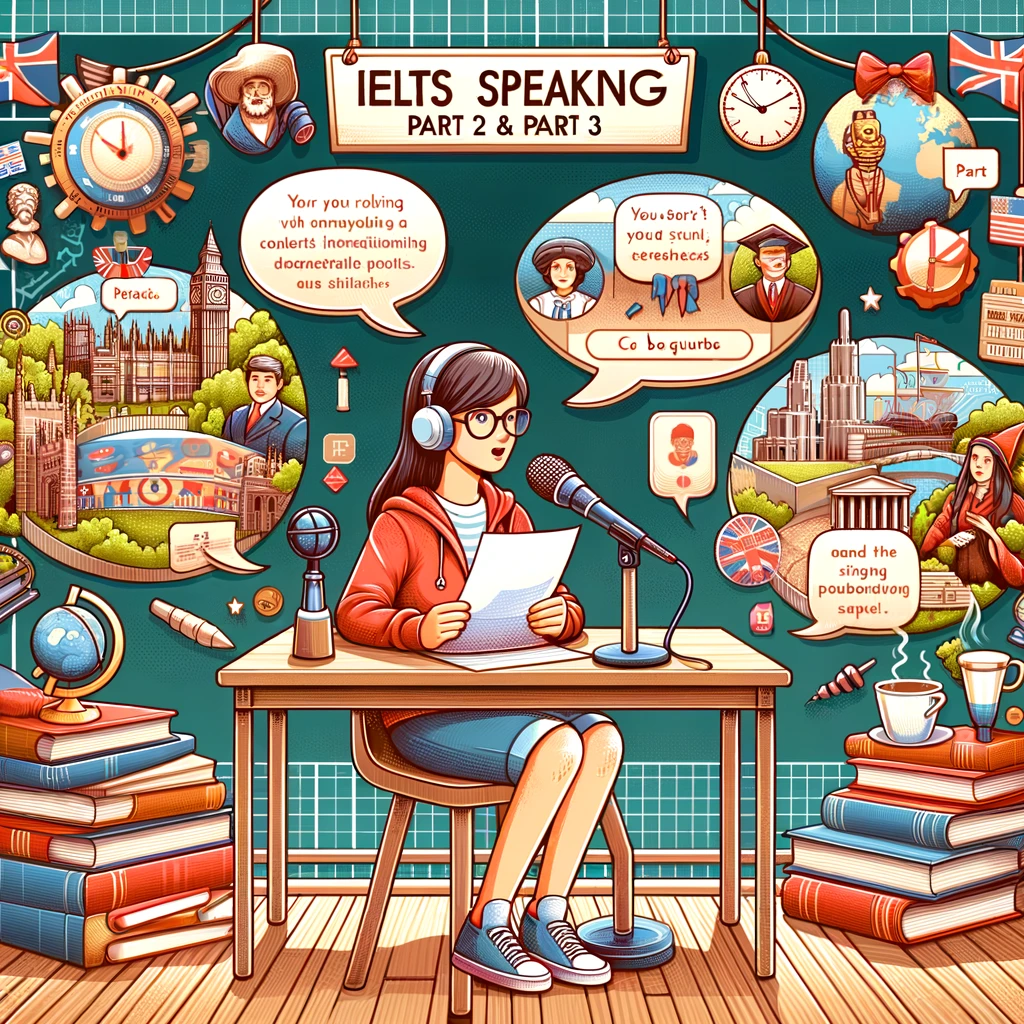Part 2
One piece of art that I particularly admire is “Starry Night” by Vincent van Gogh. This iconic painting, created in 1889, is a masterpiece of post-impressionist art. It depicts a night sky swirling with vibrant blues and yellows, with a small, quiet village below. The stars and the moon seem to pulsate with energy, creating a sense of movement and dynamism that contrasts with the serene village. Van Gogh painted this while he was in the Saint-Paul-de-Mausole asylum in France, drawing inspiration from the view outside his window and his vivid imagination.
I am drawn to “Starry Night” for several reasons. Firstly, the emotional intensity of the painting is palpable. Van Gogh’s use of bold colors and dramatic, swirling lines conveys a sense of turbulence and passion, reflecting his inner emotional state. Secondly, the painting’s unique style and composition capture my imagination. The juxtaposition of the tumultuous sky with the calm village below creates a dreamlike quality that is both mesmerizing and thought-provoking. Lastly, Van Gogh’s personal story and struggles with mental health add a layer of depth and poignancy to the painting, making it even more meaningful.
“Starry Night” evokes a range of emotions in me. When I look at it, I feel a sense of awe and wonder at the beauty and mystery of the night sky. It also evokes a feeling of melancholy, as I am reminded of Van Gogh’s struggles and the fact that he never received recognition for his work during his lifetime. However, there is also a sense of hope and resilience, as the painting stands as a testament to Van Gogh’s incredible talent and enduring legacy. Overall, “Starry Night” is a piece of art that deeply resonates with me and continues to inspire and move me every time I see it.
Part 3
1. What are the different forms of art that people enjoy?
People enjoy a wide variety of art forms, including visual arts like painting, sculpture, and photography; performing arts such as music, dance, and theater; literary arts like poetry, novels, and short stories; and digital arts including graphic design and animation. Each form of art offers unique ways for individuals to express themselves and connect with others.
2. How important is art in our lives?
Art is incredibly important in our lives as it enriches our experiences and enhances our understanding of the world. It provides a means of self-expression, fosters creativity, and encourages critical thinking. Art also has the power to evoke emotions, provoke thought, and inspire change. It plays a crucial role in cultural identity and heritage, helping to preserve and communicate traditions and values.
3. Do you think schools should focus more on teaching art? Why or why not?
Yes, I believe schools should focus more on teaching art. Art education encourages creativity, problem-solving skills, and emotional expression, which are essential for personal development. It also helps students appreciate different cultures and perspectives. Furthermore, integrating art into the curriculum can make learning more engaging and enjoyable, fostering a lifelong appreciation for the arts.
4. How can art be used to represent culture and history?
Art is a powerful tool for representing culture and history as it captures the essence of a time and place, conveying the values, beliefs, and experiences of a society. Through various forms of art, such as paintings, sculptures, and literature, artists document historical events, societal changes, and cultural practices. These artistic expressions provide valuable insights into the past and help preserve cultural heritage for future generations.
5. What impact does technology have on traditional art forms?
Technology has both enhanced and challenged traditional art forms. On one hand, it has expanded the possibilities for artistic creation, allowing artists to experiment with new mediums and techniques. Digital tools and platforms have made art more accessible, enabling artists to reach wider audiences. On the other hand, the rise of digital art has led to concerns about the preservation of traditional techniques and the authenticity of art in the digital age. Nonetheless, technology and traditional art can coexist and complement each other, leading to innovative and hybrid forms of artistic expression.
6. Should governments support artists and the arts? Why or why not?
Governments should indeed support artists and the arts because they play a vital role in society. Art enriches cultural life, promotes diversity, and enhances the quality of life. It can also drive economic growth through tourism and creative industries. Supporting the arts helps ensure that diverse voices and perspectives are represented, fostering a more inclusive and vibrant community. Additionally, government support can provide artists with the resources they need to develop their skills and create work that challenges and inspires society.
